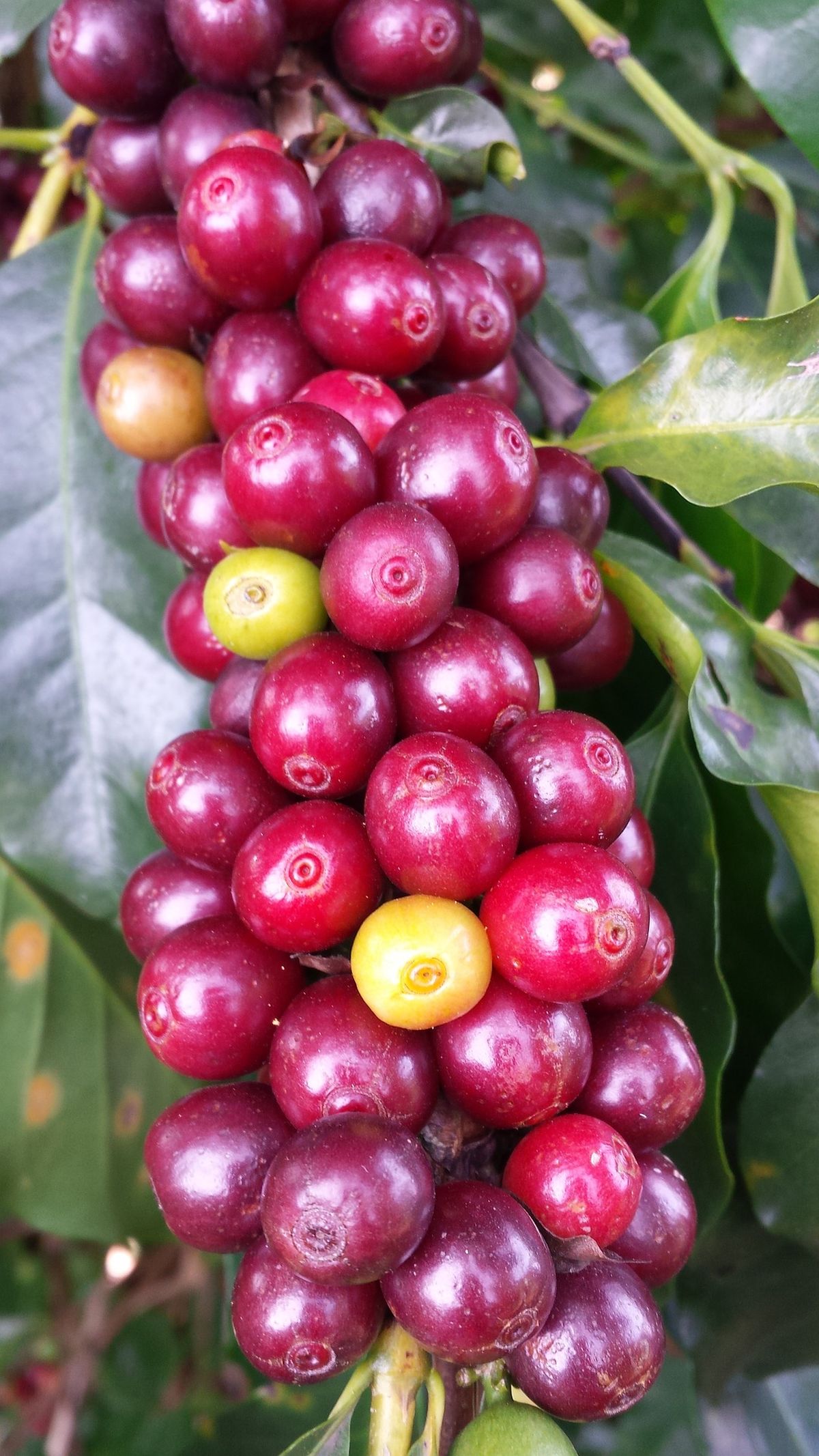Water Cooler: Where coffee orginates

Whether it be a no-frills cup of drip or something more gourmet, Americans love their coffee. For something that seems so quintessentially American, most of us don’t know all that much about it. Learn a bit more about this delicious, humble bean and how it is turned into the best part of your sleep-deprived morning.
Coffee beans come from the Coffea genus of flowering plants. These shrubs and small trees are native to tropical areas of Africa and Asia but are now grown throughout the world, primarily in the area known as the bean belt, or the coffee belt. This belt falls between the Tropic of Cancer and Tropic of Capricorn. This area provides the ideal altitude, mild temperatures, fertile soil and shaded sun for coffee trees to thrive. All of those factors will determine the flavor profile of the bean after it is roasted.
There are hundreds of species of Coffea, but only two are usually grown for coffee production – Coffea arabica (referred to as Arabica) and Coffea canephora (referred to as Robusta). Arabica coffee accounts for the majority of the world’s coffee production due to its sweeter and smoother taste.
The plant itself is a woody perennial evergreen with waxy, dark-green leaves that produce fragrant white blossoms. It takes about three to four years for the plant to be able to produce beans after planting. When the plant matures, it produces bright red coffee cherries. Each cherry contains two seeds, or as we call them, coffee beans. Coffea arabica will then go on to produce fruit for about 50 to 60 years, although it is possible for them to produce for up to 100 years.
The fruit takes about nine months to ripen. The bitter caffeine produced by coffee beans is intended to serve as a form of protection against herbivores, and it has the added bonus of attracting pollinators such as honeybees. Although the fruit is the star of the show, the leaves of the coffee plant can be used to make tea.
In the United States, coffee is primarily grown in Hawaii. Puerto Rico was once a large coffee producer, peaking during Spanish colonial rule in the 18th century as coffee became a cash crop for the European market. Production declined after Puerto Rico was annexed from Spanish control by the United States. The U.S. instead used Puerto Rico for sugar cane production. Some coffee is also grown in California, but the market is still considered experimental.
Brazil is the largest producer of coffee, followed by Vietnam and Colombia. Indonesia is a large producer of Robusta beans because of its climate and competes in the market as a less expensive option for mass coffee producers. Ethiopia also produces a large amount of coffee and is the geographic home of Arabica coffee. Some of the earliest evidence of coffee drinking and trade can be traced to Ethiopia and surrounding regions.
Due to the coffee plant’s sensitivity to slight changes in precipitation and temperature, coffee production has suffered from climate change. Farmers have seen reduced and varied harvests and combat low prices in the competitive coffee market.
Most countries have one larger harvest per year, and it is typically picked by hand, especially in flat regions with expansive coffee fields. High-quality coffee production usually opts for selective picking where green berries are left to ripen. Low-quality production usually strip picks the beans, knocking a branch’s fruit off all at once by hand or machine. The presence of unripe berries results in increased bitterness in the final product.
The exterior of the fruit is removed, and the beans are dried before being shipped off to roasters around the world.